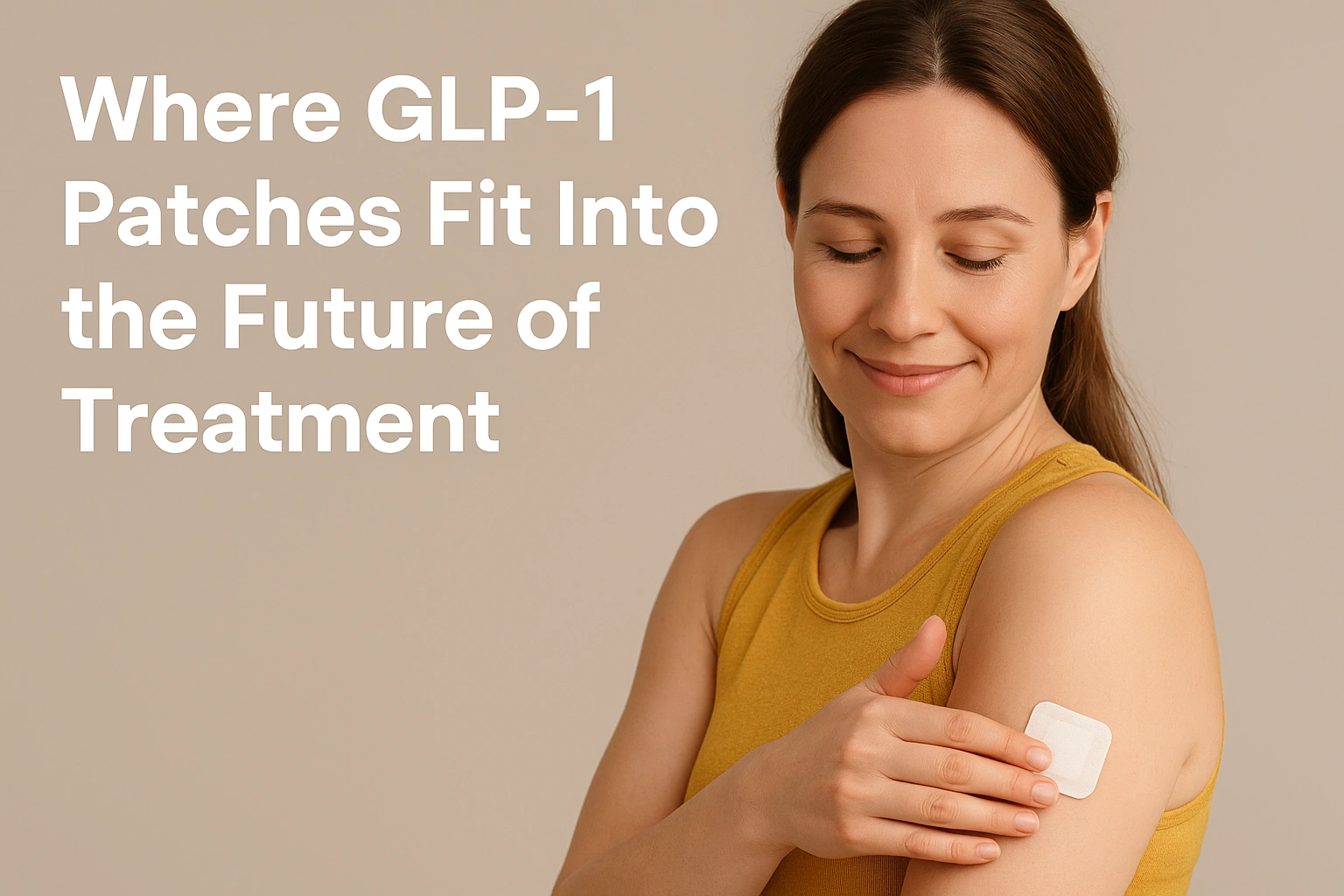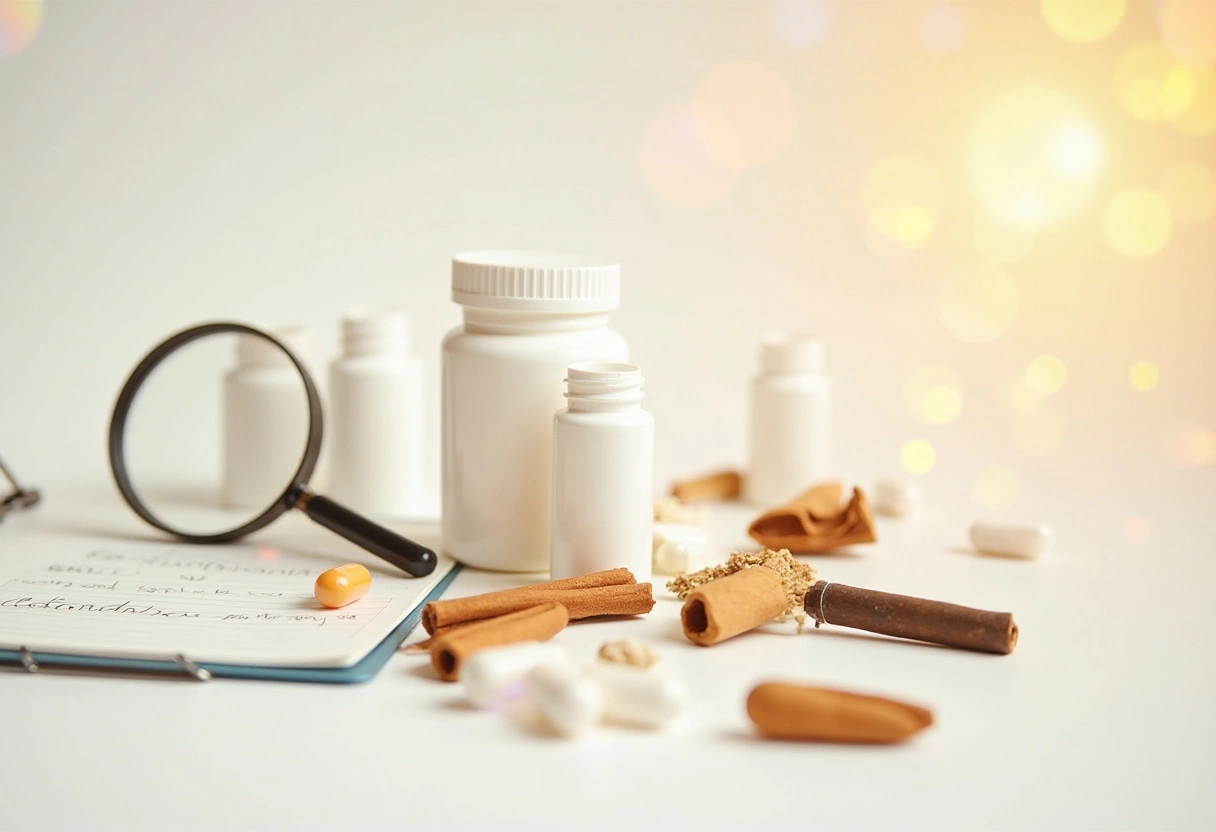Semaglutide Vial Duration: Understanding Shelf Life and Usage
Learn about semaglutide vial storage and handling. Discover tips for maintaining medication quality and when it may be time to replace your vial.
Storage Requirements Overview
Proper storage of GLP-1 receptor agonist medications helps maintain stability and quality. Medications like semaglutide should be refrigerated between 36°F and 46°F (2°C to 8°C) before first use. After opening, medications may be stored in the refrigerator or at room temperature between 59°F and 86°F (15°C to 30°C), following the prescribing provider or pharmacy guidance.
Semaglutide must be protected from direct sunlight and heat exposure, as these conditions may degrade the medication. Freezing should always be avoided. Patients should inspect their medication for any changes in appearance, such as discoloration or the presence of particles, before each use. When traveling, insulated medication bags can help maintain optimal storage temperatures and preserve the quality of medications.
Understanding Semaglutide Vials
GLP-1 receptor agonist medications require careful handling and proper storage to help maintain stability. These medications are sensitive to environmental factors such as light and temperature fluctuations, and improper storage may affect medication quality.
Patients should follow healthcare provider instructions and manufacturer guidelines to avoid temperature extremes that may impact medication quality.
Physical Properties
- Clear, colorless solution
- Designed for subcutaneous administration
- Sensitive to temperature variations
Delivery Systems
- Pre-filled pens
- Vial formulations
- Specialized injection devices
Product type depends on the prescribing healthcare provider’s recommendation.
Critical Storage Parameters
Maintaining appropriate storage conditions helps preserve medication quality:
- Keep refrigerated prior to initial use
- Avoid freezing or overheating
- Store away from direct sunlight
- Secure proper sealing of containers
{{primary-cta}}
Factors Affecting GLP-1 Injection Vial Duration
Several variables can influence the storage duration and quality of semaglutide vials:
Storage Conditions
Consistent temperature management is critical for maintaining medication quality.
Usage Patterns
Handling practices may impact medication storage quality:
- Minimize exposure to ambient air
- Limit the number of times the vial is accessed
- Follow provider guidance to maintain cleanliness during use
Proper Storage Protocols
Adhering to proper storage standards ensures continued therapeutic effectiveness:
- Store in a clean, dry location away from heat and humidity
- Use temperature-monitoring tools if storing at home
- Avoid frequent temperature cycling (moving between cold and warm environments)
Medications should not be kept in bathrooms or vehicles, where moisture and temperature fluctuations are common.
Temperature Management
Refrigeration Guidelines
- Maintain consistent cold chain storage between 36°F and 46°F
- Avoid storing medication in refrigerator doors due to frequent temperature variation
- Use a backup power source when available to protect refrigerated medications during outages
Room Temperature Storage
- Store between 59°F and 86°F when refrigeration is not possible after opening
- Keep medication away from direct heat sources
- Monitor humidity levels in the storage area
Travel Considerations
Use insulated bags and monitor temperatures when traveling to help maintain medication quality.
Replacement Indicators
Recognizing when to replace a GLP-1 injection vial is important for safety. Regular visual inspection and date tracking help patients maintain safe use of medications.
Visual Inspection
Before each use, inspect for:
- Changes in solution color
- Cloudiness or particulate matter
- Any abnormal smell
Timeline Monitoring
Track:
- Date of first use
- Manufacturer expiration date
- Cumulative storage conditions
Documenting use and checking vials regularly helps ensure medication quality is maintained.
Form-Specific Handling Requirements
Handling requirements may vary based on the product type; patients should follow instructions provided by their healthcare provider and pharmacy.
Administration Considerations
- Follow your provider’s instructions for preparing and administering your medication
- Allow refrigerated products to reach room temperature naturally before injection
- Avoid shaking the solution
Implementation Guidelines
Patients may choose to track usage and storage dates and consult their providers for medication assessments.
Storage Best Practices
- Verify temperatures regularly
- Position containers away from light
- Control humidity in storage environments
Documentation Requirements
- Maintain storage condition logs
- Record vial opening and usage dates
- Communicate regularly with providers for medication assessments
{{primary-cta}}
Professional Guidance
Healthcare providers play a vital role in ensuring patients understand proper medication handling. Eden connects patients with licensed healthcare providers who can offer personalized advice on medication access and care.
Patient Education Includes
- Storage and handling instructions
- Recognizing compromised medications
- Emergency steps if temperature deviations occur
Monitoring Responsibilities
- Regular evaluation of medication use
- Reviewing any changes in medication appearance or efficacy
Final Considerations
Maintaining the quality of GLP-1 medications requires proper storage, inspection, and ongoing communication with a healthcare provider.
Following recommended handling protocols supports both safety and optimal therapeutic outcomes throughout the treatment course.
(Learn more about Personalized GLP-1 Treatment Plans with Eden)
Disclaimer: The FDA does not approve compounded medications for safety, quality, or manufacturing. Prescriptions and a medical evaluation are required for certain products. The information provided on this blog is for general informational purposes only. It is not intended as a substitute for professional advice from a qualified healthcare professional and should not be relied upon as personal health advice. The information contained in this blog is not meant to diagnose, treat, cure, or prevent any disease. Readers are advised to consult with a qualified healthcare professional for any medical concerns, including side effects. Use of this blog's information is at your own risk. The blog owner is not responsible for any adverse effects or consequences resulting from the use of any suggestions or information provided in this blog.
Eden is not a medical provider. Eden connects individuals with independent licensed healthcare providers who independently evaluate each patient to determine whether a prescription treatment program is appropriate. All prescriptions are written at the sole discretion of the licensed provider. Medications are filled by state-licensed pharmacies. Please consult a licensed healthcare provider before making any medical decisions.
Frequently asked questions
Blog Components



References
- American Society of Health-System Pharmacists. Guidelines on Handling Injectable Medications. ASHP.org
- U.S. Food and Drug Administration. Proper Storage of Prescription Medications. FDA.gov
- United States Pharmacopeia. Visual Inspection of Injectable Drug Products. USP.org
- World Health Organization. Guidelines for Storage of Temperature-Sensitive Medications. WHO.int
- National Association of Boards of Pharmacy. Guidelines for Temperature Monitoring of Pharmaceuticals. NABP.pharmacy
- Pharmacy Times. Best Practices for Storage and Handling of GLP-1 Receptor Agonists. PharmacyTimes.com





















